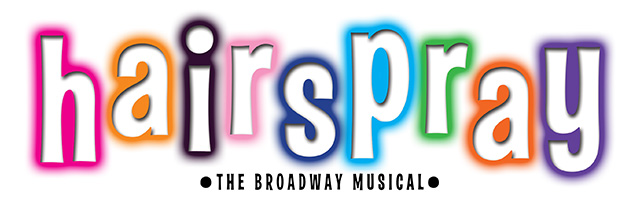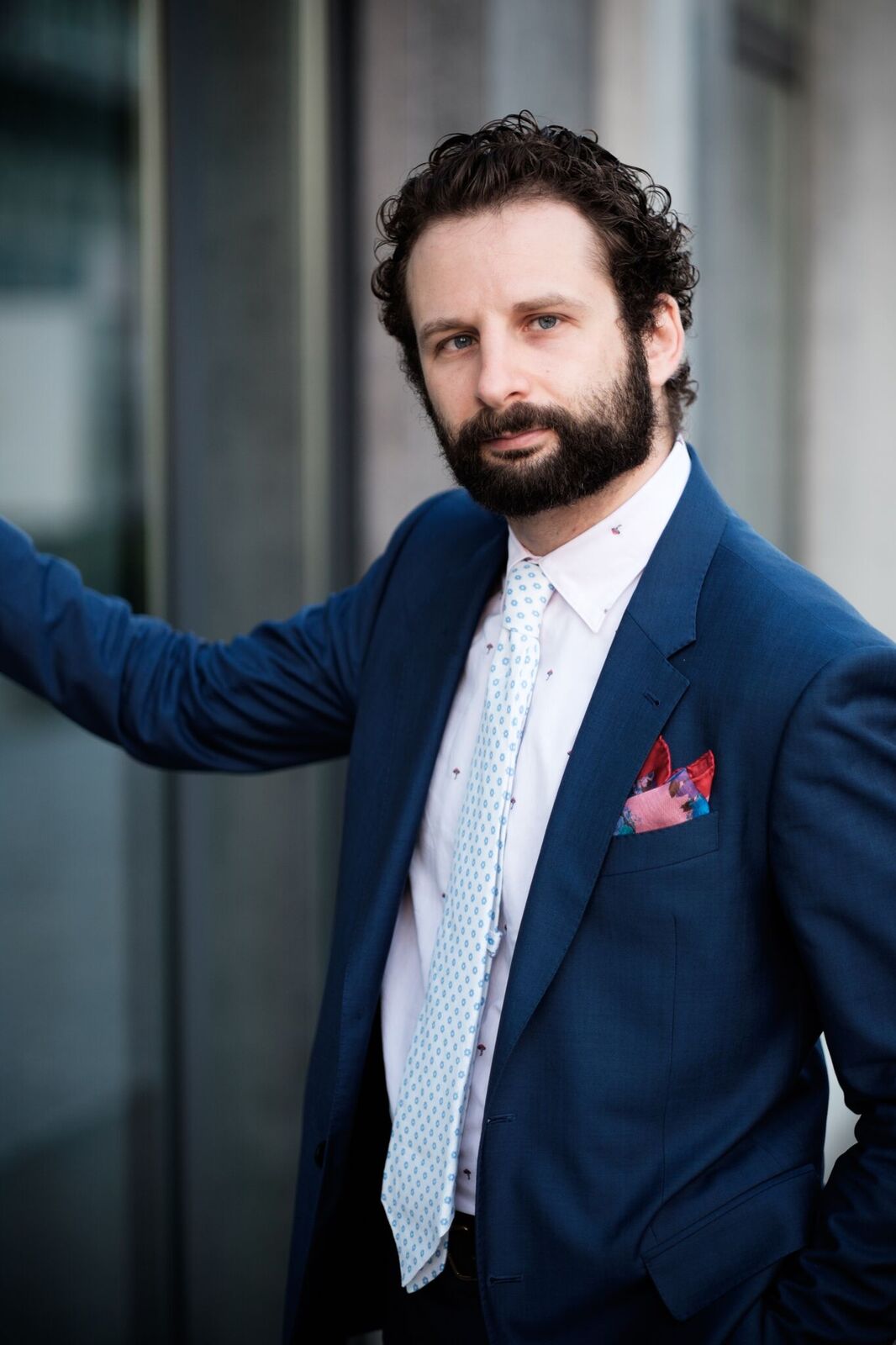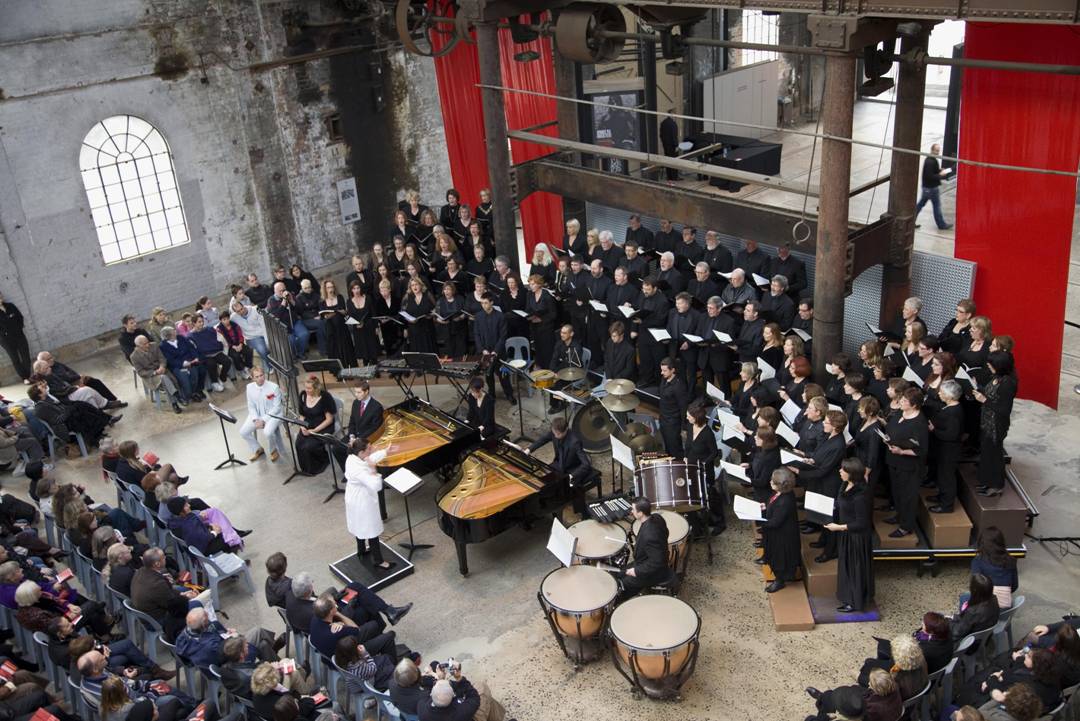Karakorum – An Exotic Blend From The Australian Brandenburg Orchestra And Choir

The Australian Brandenburg Orchestra and Choir present an exotic blend of the ancient modern, east and west in their innovative winter programme Karakorum: a medieval musical journey, narrated by David Wenham and featuring French ensemble La Camera delle Lacrime.
“Karakorum is absolutely ancient yet altogether new,” says Artistic Director Paul Dyer about the upcoming tour. “I saw Karakorum performed by La Camera delle Lacrime at a stunning monastery in France’s Auvergne region and was totally blown away by the experience…Karakorum had me hooked from the first notes, both musically and spiritually. It has a powerful mix of Western renaissance music, Christian psalms, Mongolian melodies, Buddhist hymns and Sufi chants. It absolutely took my breath away.”
Karakorum re-imagines the music encountered by 13th-century Flemish monk William of Rubruck on his epic Silk Road journey from Constantinople to Karakorum (the ancient capital of the Mongol empire) just 20 years earlier than the journey of Marco Polo.
When Karakorum is re-staged in Sydney, Melbourne and Brisbane from 25 July, Australian audiences will experience something very different to what has been seen by European audiences.
“I wanted to introduce an English narration to guide us through Rubruck’s great journey, and I imagined the voice of David Wenham (who) has come on board for this project… I’m excited about the chance to collaborate with one of Australia’s great acting talents on such a unique and theatrical project” adds Paul.
This new production of Karakorum La Camera delle Lacrime and Paul Dyer will include five musicians and five singers from the Australian Brandenburg Orchestra and Choir.
Sydney theatre and opera director Constantine Costi (known to Brandenburg audiences through his work on Handel’s Messiah and Bittersweet Obsessions) will direct and his brother Michael Costi, a recent playwriting graduate of NIDA, has written the new English narration.
For this musical journey from west to east, La Camera delle Lacrime will perform on an array of rare and ancient instruments, including the erhu (a Chinese two stringed fiddle), kamanche (an Iranian bowed string instrument), cornamuse (a double reed instrument dating from the Renaissance period) and a vielle à roue (a French hurdy gurdy).
Joint artistic directors of La Camera delle Lacrime, singer Bruno Bonhoure and scenic director Khaï-dong Luong, first collaborated in 2003 creating of a musical animated short film which was selected by Annecy International Animation Film Festival.
They founded the ensemble La Camera delle Lacrime in 2005, crafting a contemporary view of historical sources from the 12th and 13th centuries, performing in France in landmark festivals and venues of classical and early music such as the Philharmonie de Paris, Festival de la Chaise-Dieu, Fondation Royaumont, national theatres and opera houses.
Khaï-dong Luong (direction and artistic conception) says, “At La Camera delle Lacrime, our artistic inspiration for performing Early music is led by the search of a kind of primitive gesture – comparable to the idea of first humankind ceremonial, ritual, or rock arts – and the desire of porosity between different cultures. With its ancient culture and current mix of people of so many heritages and religions, Australia seems to be an unlimited explorable land for those two inspirations. We’re very excited!”
The performers: La Camerdelle Lacrime: Bruno Bonhoure, Music Director & voice/ Khaï-dong Luong, Concept & Staging/ Mokrane Adlani, violin and voice/ Martin Baue, kamanche/ Michèle Claude, percussion/ Yan Li Erhu, voice/ Christophe Tellart, flutes, hurdy-gurdy, cornamuse/ Paul Dyer AO Artistic Director and keyboard/ David Wenham, Narrator/ Constantine Costi, Director/ Australian Brandenburg Orchestra/ Brandenburg Chamber Choir/ John Rayment, Lighting Designer/ Michael Costi, English text.
The programme: Ay! Deus | Austorg d’Aurillac (1225-1291) – Troubadour Song/ La mer de Pont (The Black Sea) – Melody from the Caucasus/ Sri Devi Ashtottara Shata Namavalih – Buddhist hymn/ Loving the beauty of Layla – Sufi Chant/ Pos ancno-us ualc amors | Bertran de Lamanon (1210-1270) – Troubadour Song in Occitan/ Ural – melody of the sacred mountain/ Miserere mei Deus – Psalm, Gregorian chant/ Vexilla Rigis – Gregorian Chant and Muslim call to prayer/ Salve Regina – Marian antiphon, Gregorian Chant/ Credo in unum Deum – Gregorian Chant/ Heart beating in the steppes – Mongolian Chant/ Ave Regina Coelorum – Marian antiphon – Gregorian Chant/ A solis ortus cardine | Sedulius (c 430) – Gregorian Chant/ Tang Tang – Mongolian melody/ Chanson à boire (Drinking song) – Mongolian Melody/ Veni Sancte Spiritus – Sequence for Pentecost, Gregorian chant/ Vision of the Beloved – Sufi chant/ The debate at Karakorum | Bruno Bonhoure and Khaï-dong Luong/ Veni Veni Emmanuel – -Gregorian Chant/ With hearts high – Melody from Kyrgyzstan






